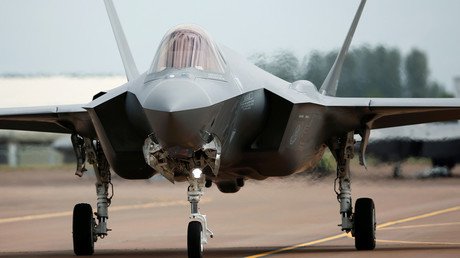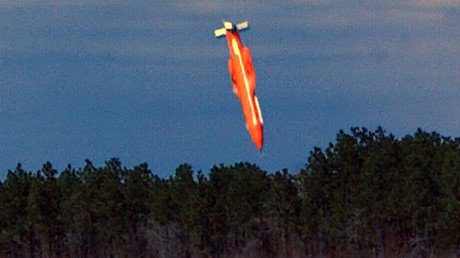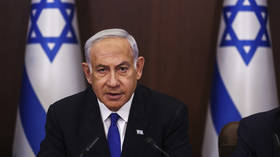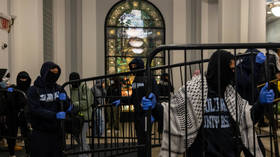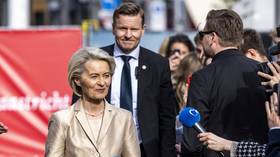US F-35 fighter jets arrive in Europe for the first time
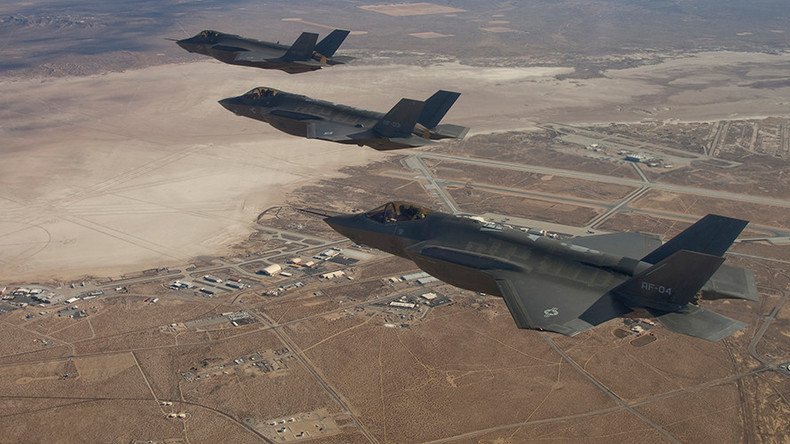
A fleet of F-35 stealth fighter jets has arrived in Europe from the United States as part of a planned NATO exercise aimed at “deterring” Russia.
The F-35A Lightning II jets landed at Royal Air Force Base in Lakenheath, England Saturday, having made the journey from Hill Air Force Base, Utah.
“The forward presence of F-35s support my priority of having ready and postured forces here in Europe,” said NATO’s supreme allied commander for Europe General Curtis M. Scaparrotti in an official statement. “These aircraft, plus more importantly, the men and women who operate them, fortifies the capacity and capability of our NATO alliance.”
This deployment marks the first time American F-35A fighter jets have made an appearance in Europe, though a few countries already use them as part of their air fleet.
“This is an incredible opportunity for [US Air Forces in Europe] airmen and our NATO allies to host this first overseas training deployment of the F-35A aircraft,” said Air Force General Tod D. Wolters.
“As we and our joint F-35 partners bring this aircraft into our inventories, it’s important that we train together to integrate into a seamless team capable of defending the sovereignty of allied nations.
The deployment will last several weeks and is part of the European Reassurance Initiative, a US build-up of troops and weapons in Europe launched in 2014 to “deter Russian aggression.”
Though apparently scheduled months in advance, the deployment was announced as relations between Washington and Moscow have been described as “at an all-time low” by US President Donald Trump.
READ MORE: Pentagon calls for 5% cut in F-35 program – report
“We’re not getting along with Russia at all,” Trump said on Wednesday, after meeting with NATO Secretary-General Jens Stoltenberg in Washington.
Trump ordered the April 6 cruise missile attack against a Syrian airbase, blaming the government in Damascus for the April 4 chemical attack in Idlib province. In response, Russia suspended the “de-confliction” arrangement with the US military, which was established in October 2015.
Anticipating a Russian or Syrian response, the US-led coalition has drastically reduced the number of strikes against Islamic State (IS, formerly ISIS/ISIL) in Syria.
There have been no threats to coalition planes or troops, however, according to Colonel John Dorrian, spokesman for Operation Inherent Resolve.
Touted as the fifth-generation fighter jet with a modular design, the F-35 comes in three variants. The F-35A is the Air Force model, designed for conventional runways and declared combat-ready in August 2016.
The US Marine Corps’ variant, F-35B, was the first to be declared operationally capable. Lockheed Martin is still working on the F-35C, intended to operate from US Navy carriers.
Critics of the jet point to its astronomical price tag and unsatisfactory performance compared to dedicated older aircraft models, which the Pentagon aims to retire once all F-35 versions become fully operational.
